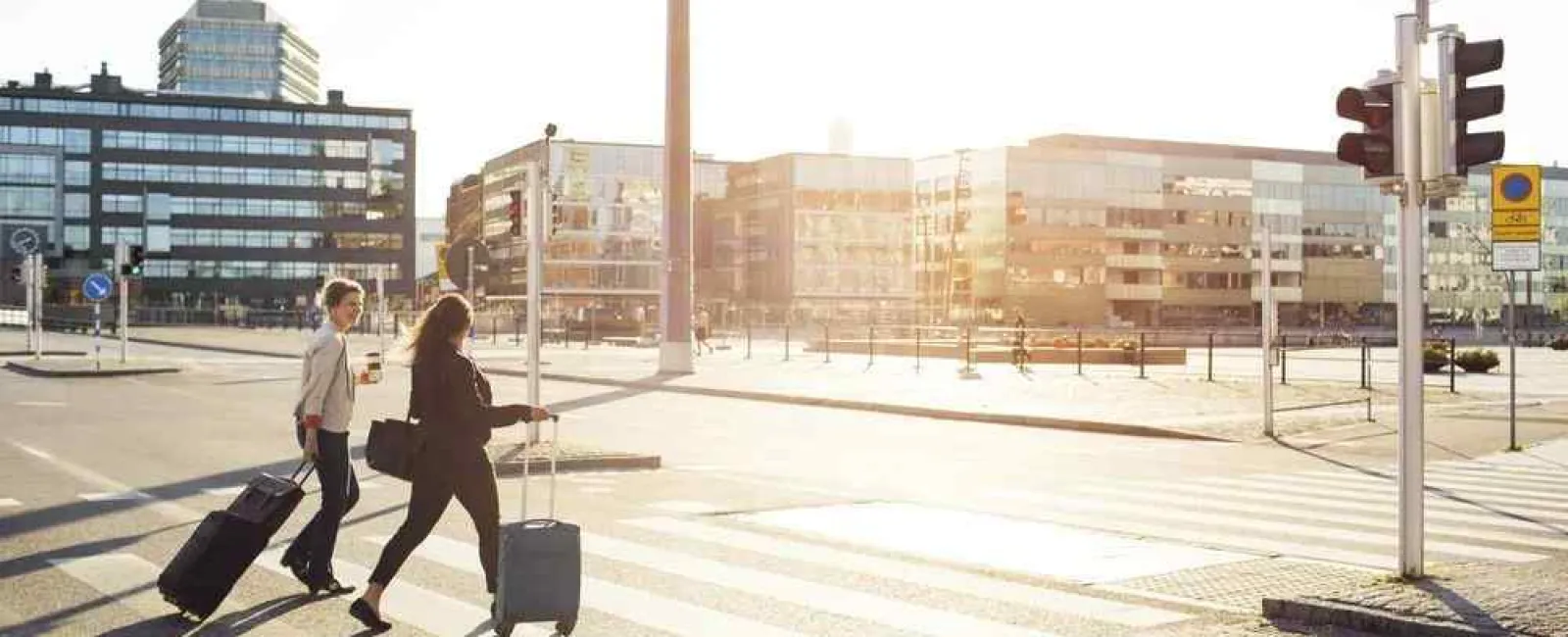- Georgia traffic laws require pedestrians to use sidewalks or walk on the left side facing oncoming traffic if no sidewalks are available.
- Drivers must yield right of way for pedestrians in crosswalks but not if pedestrians cross outside designated areas
- Ignoring failure to yield to pedestrian rules can result in legal penalties for both drivers and pedestrians involved in accidents.
- Pedestrians walking with traffic are at higher risk—walking against it improves visibility and safety on roads without sidewalks.

In Georgia, pedestrian rights depend on where they are and how they interact with traffic. While pedestrians do have certain protections, drivers also have the right to expect pedestrians to follow specific rules outlined by Georgia traffic laws to ensure safety for everyone on the road.
Pedestrians generally have the right of way for pedestrians when they use marked crosswalks or unmarked crosswalks at intersections. In these scenarios, drivers must stop and remain stopped until the pedestrian has fully crossed the half of the roadway the vehicle occupies or approaches within one lane of that half. Drivers are also prohibited from overtaking another vehicle stopped at a crosswalk to allow someone to cross safely.
Drivers backing out of alleys, driveways, or parking lots must also yield to pedestrians using sidewalks. Additionally, the law requires extra care when interacting with pedestrians who are blind or have limited mobility, regardless of the situation on the road.
When Pedestrians Must Yield
Pedestrians don't always have the right of way and are required to follow specific rules to avoid accidents. Georgia traffic laws make it clear that pedestrians crossing outside of marked or unmarked crosswalks must yield to oncoming vehicles. This means if a pedestrian chooses to cross mid-block or at any non-intersection point, they must wait until it is safe to cross. In these instances, the burden of caution shifts to the pedestrian to ensure they don't disrupt the flow of traffic.
Additionally, if there are pedestrian bridges or tunnels available, the law requires pedestrians to use them rather than crossing the street. Ignoring this rule can endanger both the pedestrian and drivers, and any resulting accident may place legal liability on the pedestrian for failure to yield to pedestrian rules. Even when pedestrians cross legally, they cannot step off a curb directly in front of an approaching vehicle that doesn't have time to stop safely.
Georgia's laws highlight a key principle: Both drivers and pedestrians have responsibilities, and liability is shared based on the circumstances. For example, if a pedestrian fails to yield while jaywalking, but the driver was speeding or distracted, both parties might share fault under Georgia's comparative negligence rules. The court will weigh these factors to determine fault and compensation in the event of an accident.
Whether to Walk With or Against Traffic
Georgia law emphasizes the importance of pedestrians using sidewalks whenever possible to stay safe. When sidewalks are unavailable, pedestrians must walk on the left side of the roadway, facing oncoming traffic. This positioning ensures they can see approaching vehicles and react if needed, which is especially crucial in areas with poor visibility or heavy traffic.
Walking against traffic allows pedestrians to better anticipate potential hazards, such as distracted drivers veering toward the shoulder. Pedestrians walking with traffic, on the other hand, have reduced reaction time since they cannot see vehicles approaching from behind. For this reason, Georgia traffic laws prioritize walking against traffic as a safety measure, aligning with best practices nationwide.
This rule becomes even more important at night or in low-light conditions. Pedestrians walking along roads without sidewalks should wear reflective clothing or carry a light to increase visibility for drivers. Statistically, pedestrian accidents increase after dark, making these extra precautions critical to prevent injuries.
Pedestrians must also avoid walking along highways or other roads where foot traffic is explicitly prohibited, as this can result in citations or fines. In rural areas with narrow roads and no shoulders, staying as far to the left as possible is essential to minimizing risk.
What Happens If a Driver Fails to Yield?
Georgia enforces strict rules about yielding to pedestrians in crosswalks. Failure to yield to pedestrian violations can result in traffic citations and liability for accidents. If a driver hits a pedestrian while failing to yield, they could face both civil and criminal penalties depending on the severity of the injuries caused. However, pedestrians can also share responsibility if they act carelessly, such as by darting into traffic unexpectedly.
Understanding pedestrian rights is crucial whether you're a driver or a pedestrian. If you've been injured in a pedestrian-related incident or accused of causing one, seeking legal advice can help clarify liability and ensure fair outcomes.
Lowe Law offers experienced representation in personal injury cases and can guide you through the process if you've been involved in an accident. Contact Lowe Law today for a free consultation to explore your legal options and protect your rights.


